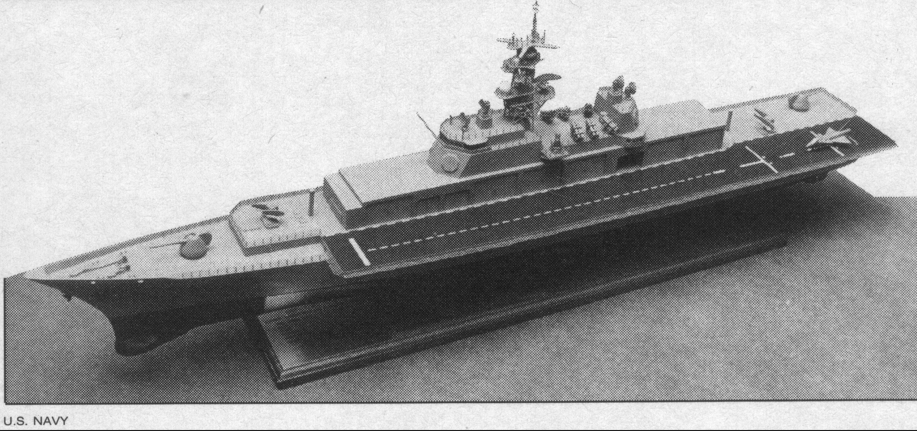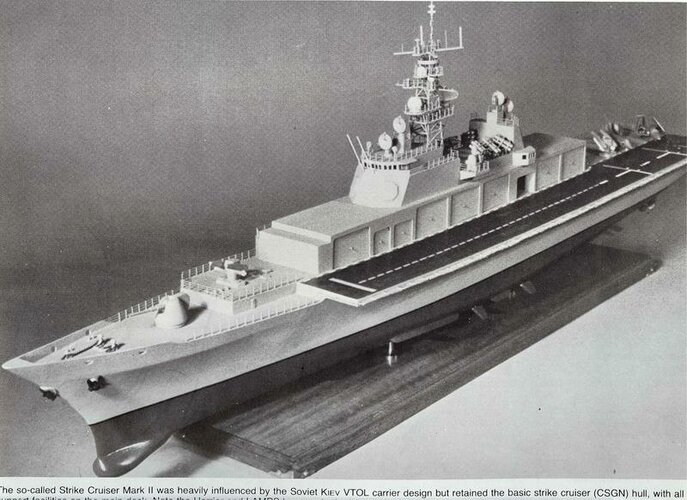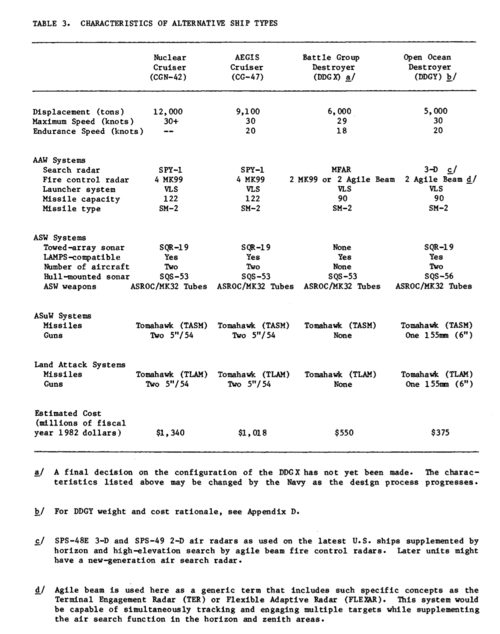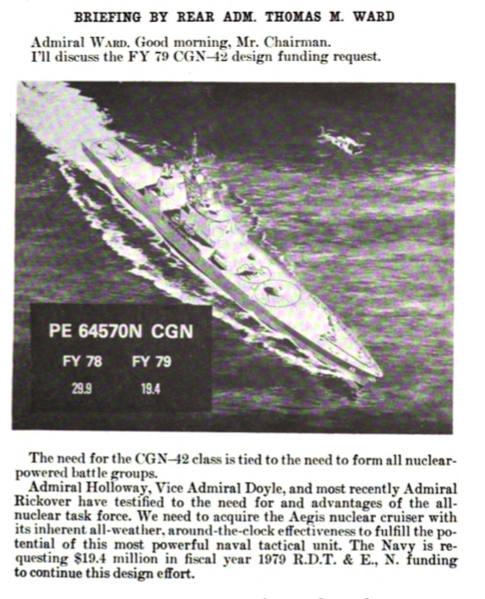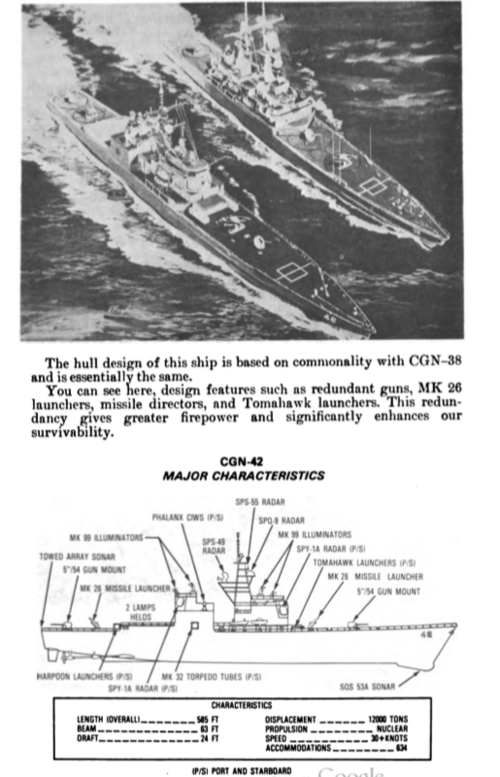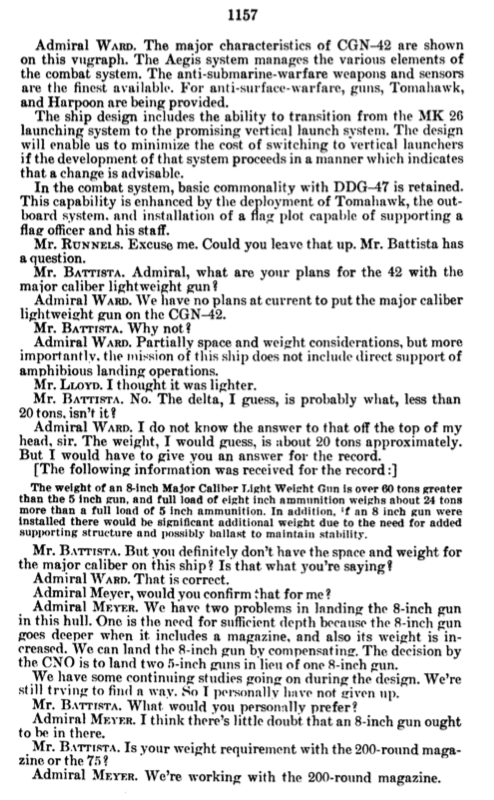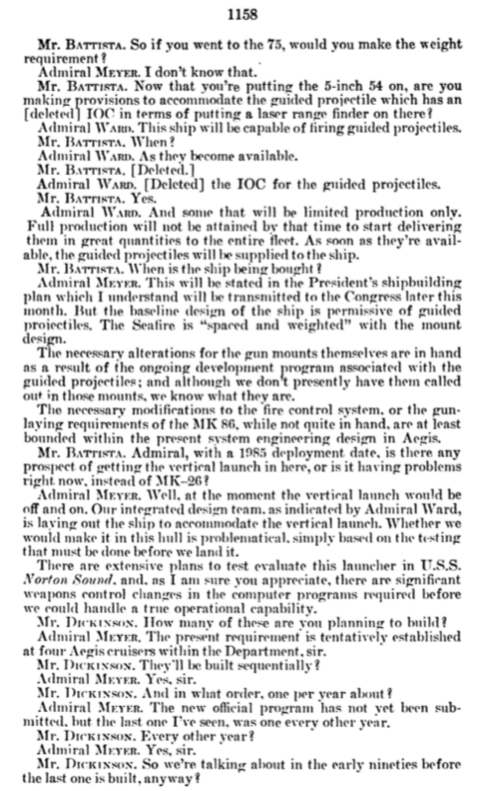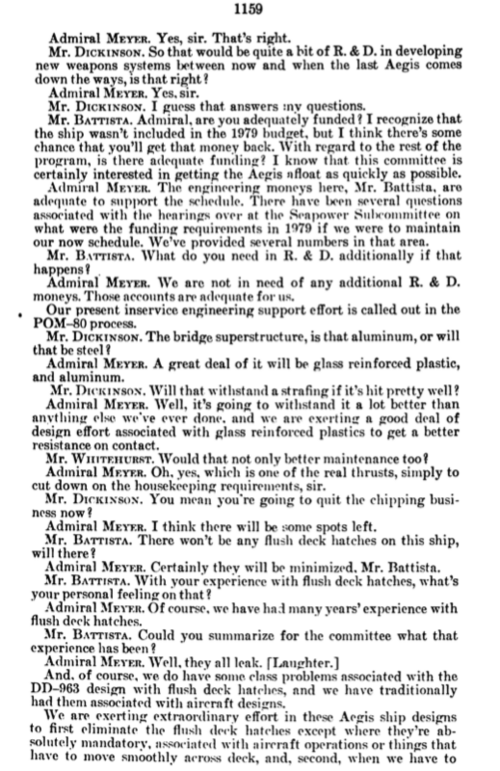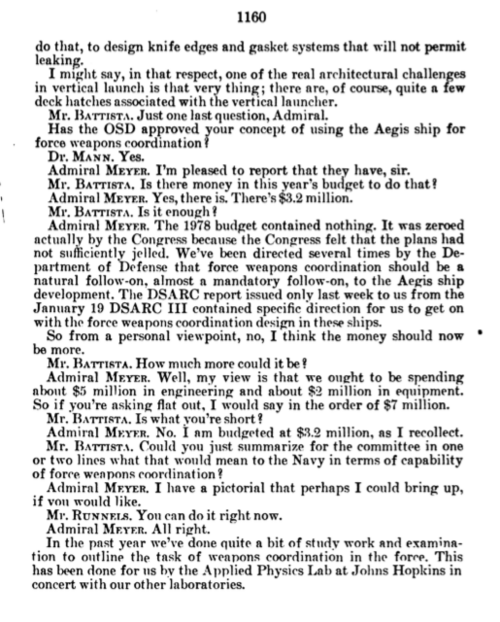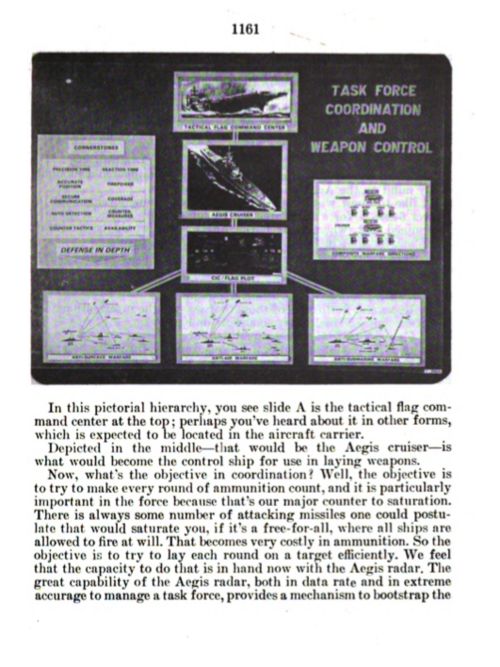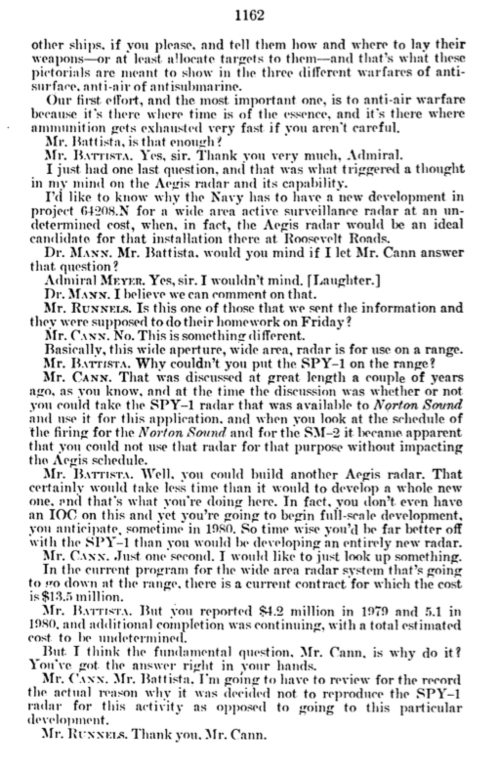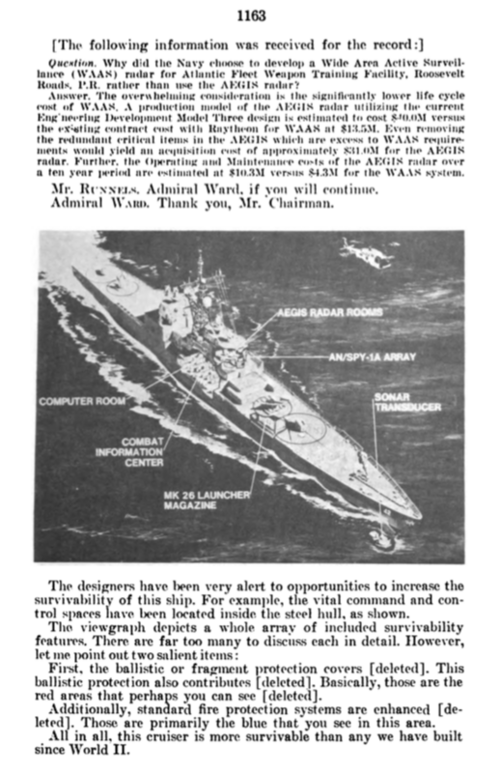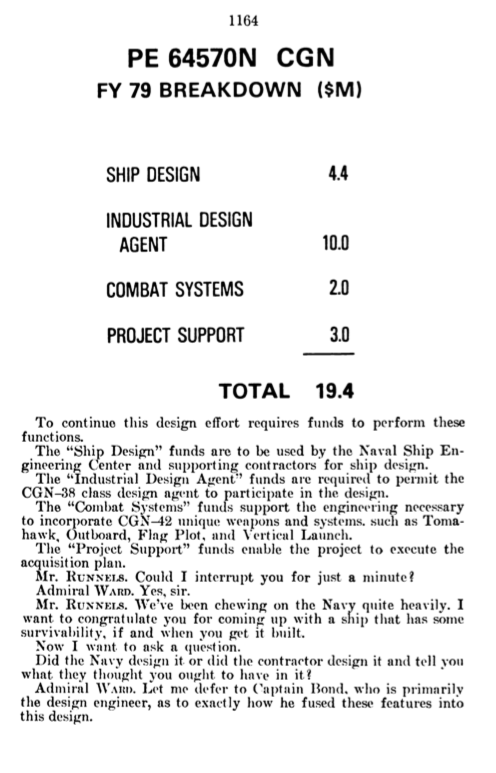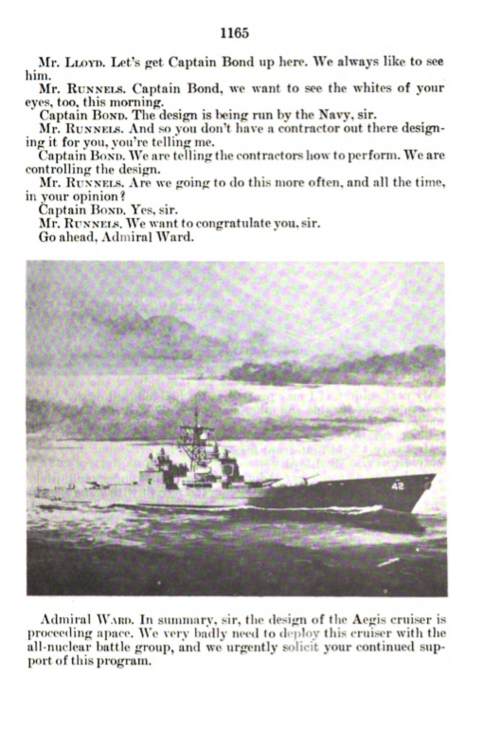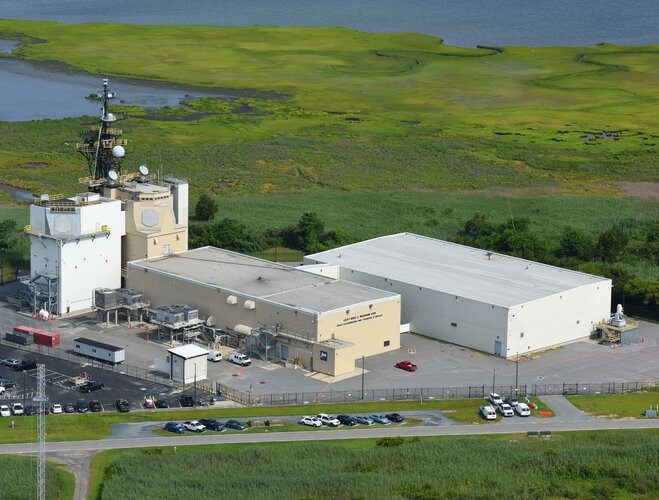With any VLS update, we also have to take into account that VL-ASROC appeared somewhat later then the Mk 41 VLS. (operational in 1986, VLA in 1993) That means any ship that operated alone and needed to fire ASROC needed at least one Mk 26 launcher or the earlier Mk 112 launcher. If I recall correctly, there was at least one CSGN Mk 2 concept that had one 64 missile Mk 26 GMLS and an 64 cell Mk 41 VLS on board for that reason.
When the question of remounting Mk 41 for Mk 26 came up on shipbucket, the discussion came to the following points IIRC:
- The Mk 41 creates an much bigger hole in the strength deck then an Mk 26 does, requiring additional strengthening and weight.
- No Mk 26 ship was ever updated to an VLS ship. Not the Kidds, Ticos or the Virginias. The only ship that had both systems at some point was norton sound.
- The Spruances that already had tomahawk box launchers did not receive the VLS update (but there is only one Spruance that never received tomahawks)
- The sinkexed Spruances often broke just aft of the Mk 41, showing that the inclusion of the VLS did create a weak point. (Of course they did not break in service and the destruction of a ship by a weapon meant to do exactly that would have broken
something, so they were strong enough but a weak point is a weak point)
- At least until ASROC was retired fully and/or SM-2 ERAM was developed, the only difference in what the Mk 26 and the Mk 41 could do functionally were the ability to fire tomahawk and the ability to fire faster. They fired a variant of ASROC, they fired SM-2MR. Aspects such as reliability and maintenance do have an impact but when the choice is between rebuilding a ship (adding cost and yard time) vs just maintaining the ship (manhours and parts while the ship is operational) means that the incentive to do such a rebuild is low. The alternative, just fitting the new system on new ships to avoid the rebuild cost and penalty while having all the advantages, is what was done in real life.
So probably, later CSGN's or CGN-42's would have been VLS ships if this had happened IRL. But I doubt the existing ones would be limited that much by their launchers.
That said, I do not agree that burkes are more heavily armed. 96 cells (for tomahawk, SM-2MR, VLA) + 8 harpoons vs 128 SM-2MR , ASROC + 8 tomahawk + 8 harpoons (Which was IIRC the loadout on most CSGN designs) seems superior, especially when you count the onboard helicopters as well. Later burkes (with helicopters and ESSM) might be another matter, but when looking at that, shouldn't we compare that to an VLS CSGN too? On CGN-42 you would be correct though.
As for the USN being late with VLS: the USN worked on VLS for a long time and likely could have made it work earlier if they went for just a single missile instead of an unified system for multiple missiles and with space for future growth and development. In 1980 there was some proposal for the fitting of the FFG-7s with an simple tomahawk launcher on the flight deck, drawn here for shipbucket:
http://shipbucket.com/drawings/7365 . The CSGN Mk 2 proposal of 1977 also featured something that looks like the Mk 41, that too might have been fully dedicated to Tomahawk.

